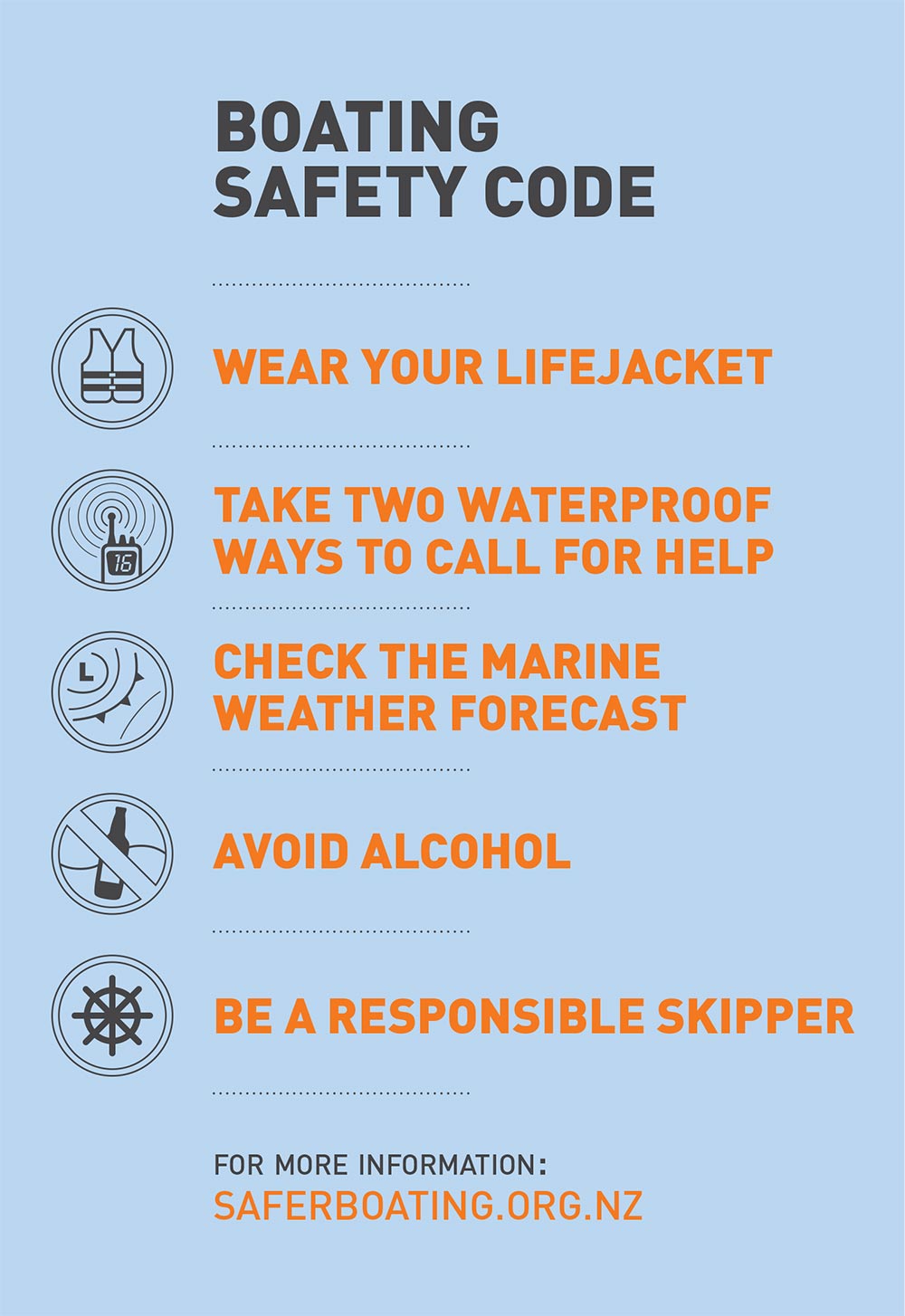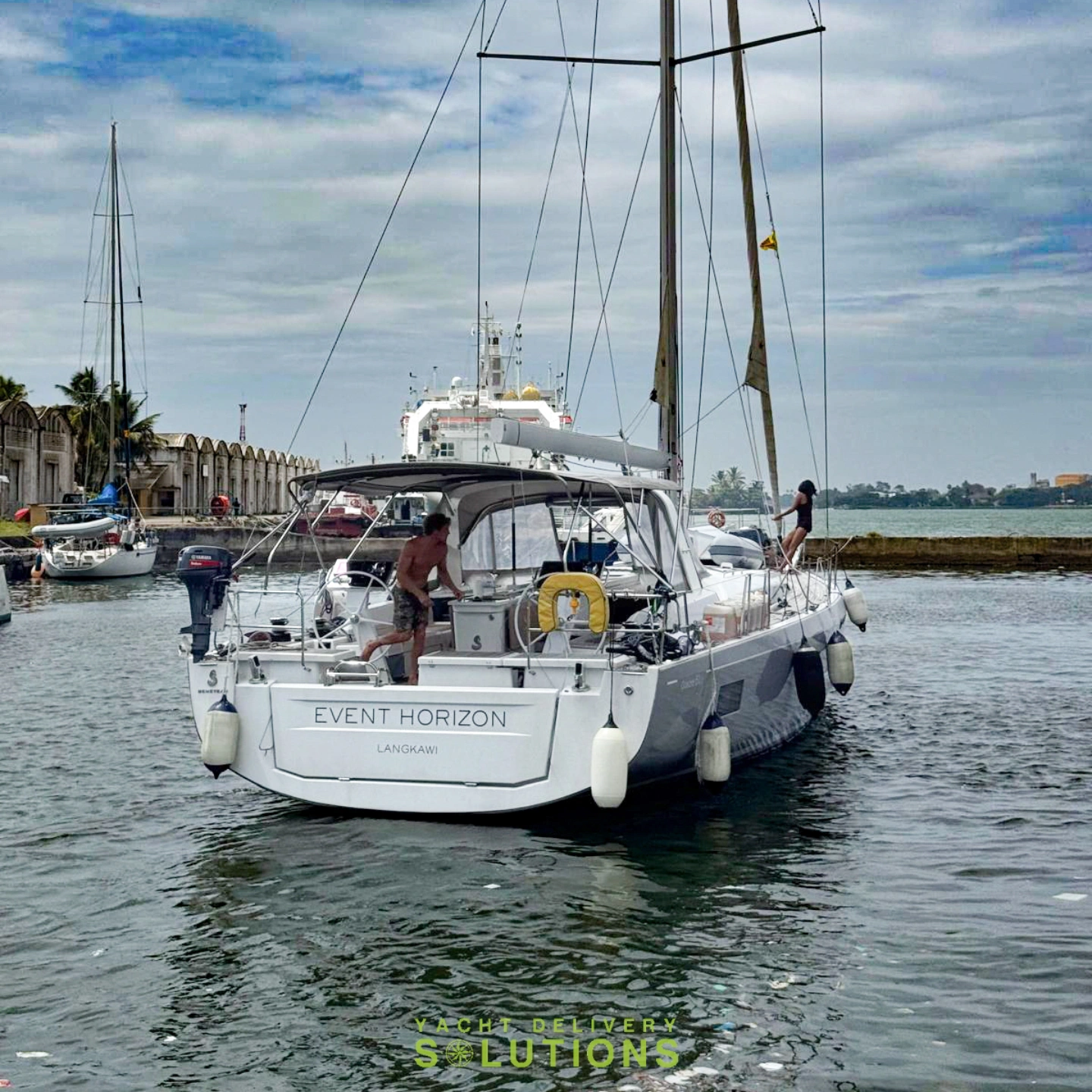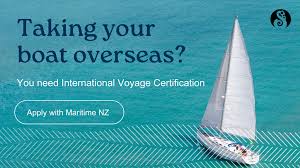For years, New Zealand’s Category 1 certification has been a familiar process for vessels venturing beyond its coastal waters. However, the maritime landscape is evolving, and a new player has entered the scene: the International Voyage Certificate (IVC). This blog post will delve into the details of the IVC, exploring its implications for sailors in New Zealand and how it compares to the previous Category 1 system. Whether you’re planning a grand adventure or considering a yacht delivery from NZ, understanding these changes is crucial.

What is the International Voyage Certificate (IVC)?
The IVC is an internationally recognized certification designed to standardize the process for vessels undertaking extended voyages. It aims to create a more streamlined and globally accepted system, simplifying international travel for recreational and commercial vessels. Think of it as a passport for your boat, ensuring it meets certain safety and seaworthiness standards that are recognized by participating nations.
The Shift from Category 1 to the IVC: What’s Changed?
Previously, vessels departing New Zealand on Category 1 voyages – those venturing beyond defined limits – were subject to a specific inspection and certification process overseen by Maritime New Zealand. This involved meeting certain equipment requirements, demonstrating vessel seaworthiness, and undergoing an inspection. The IVC now offers an alternative pathway. Instead of the Category 1 certification, vessels can obtain an IVC, which is then recognized by New Zealand.

So, what are the key differences?
- The International Voyage Certificate (IVC) is primarily focused on regulating departures from New Zealand. It ensures that vessels leaving New Zealand on extended voyages meet specific safety and seaworthiness standards. While having an IVC demonstrates compliance with New Zealand’s requirements, it’s important to understand that it does not automatically grant clearance in all foreign ports. Each country maintains its own regulations regarding vessel entry, and it’s the vessel operator’s responsibility to comply with those individual requirements.
- Standardized Requirements: The IVC aims to establish a consistent set of standards for vessels undertaking extended voyages. This provides clarity for boat owners and ensures a baseline level of safety.
- Potentially Streamlined Process: While the specific requirements may vary, the IVC process is intended to be more streamlined and efficient than the previous Category 1 system, potentially saving boat owners time and money.
What Does This Mean for Sailors in New Zealand?
The introduction of the IVC has several implications for sailors in New Zealand:
- Choice of Certification: The International Voyage Certificate (IVC) is now the mandatory certification for vessels departing New Zealand on voyages that previously would have fallen under Category 1. It replaces the Category 1 system entirely. Therefore, all boat owners planning such voyages must obtain an IVC. It’s crucial to understand the requirements of the IVC, as it’s the sole pathway for these types of journeys.
- Understanding the IVC Requirements: Sailors need to familiarize themselves with the specific requirements for obtaining an IVC. This includes understanding the necessary equipment, safety standards, and inspection procedures.
- Impact on Yacht Deliveries: For yacht deliveries in NZ, the IVC could simplify the process, especially for vessels traveling to or from international destinations. Delivery skippers and owners should be aware of the IVC requirements to ensure a smooth and compliant delivery.
Navigating the Transition: Tips for Sailors

Here are some tips for sailors navigating the transition to the IVC:
- Consult with Maritime Authorities: Contact Maritime New Zealand or other relevant maritime authorities to get the most up-to-date information on the IVC requirements and how they apply to your vessel and intended voyage.
- Seek Expert Advice: Consult with experienced surveyors and marine professionals to ensure your vessel meets the necessary standards for the IVC.
- Stay Informed: Keep up-to-date with any changes or updates to the IVC regulations.
- Plan Ahead: Allow ample time for the IVC certification process, as it may involve inspections and documentation.
The Future of Sailing in New Zealand
The introduction of the IVC marks a significant step in the evolution of sailing regulations in New Zealand. Understanding these changes is essential for all sailors, whether they’re planning a local cruise or a global adventure. As the maritime world continues to evolve, staying informed and adapting to these changes will be key to enjoying the freedom and adventure that sailing offers.

And when it comes to navigating these changes and ensuring your vessel is ready for any voyage, remember that Yacht Delivery Solutions is here to help. We specialize in yacht deliveries throughout New Zealand and the South Pacific, and we’re well-versed in the latest regulations, including the transition to the IVC. Contact us today to discuss your delivery needs.

Leave a reply